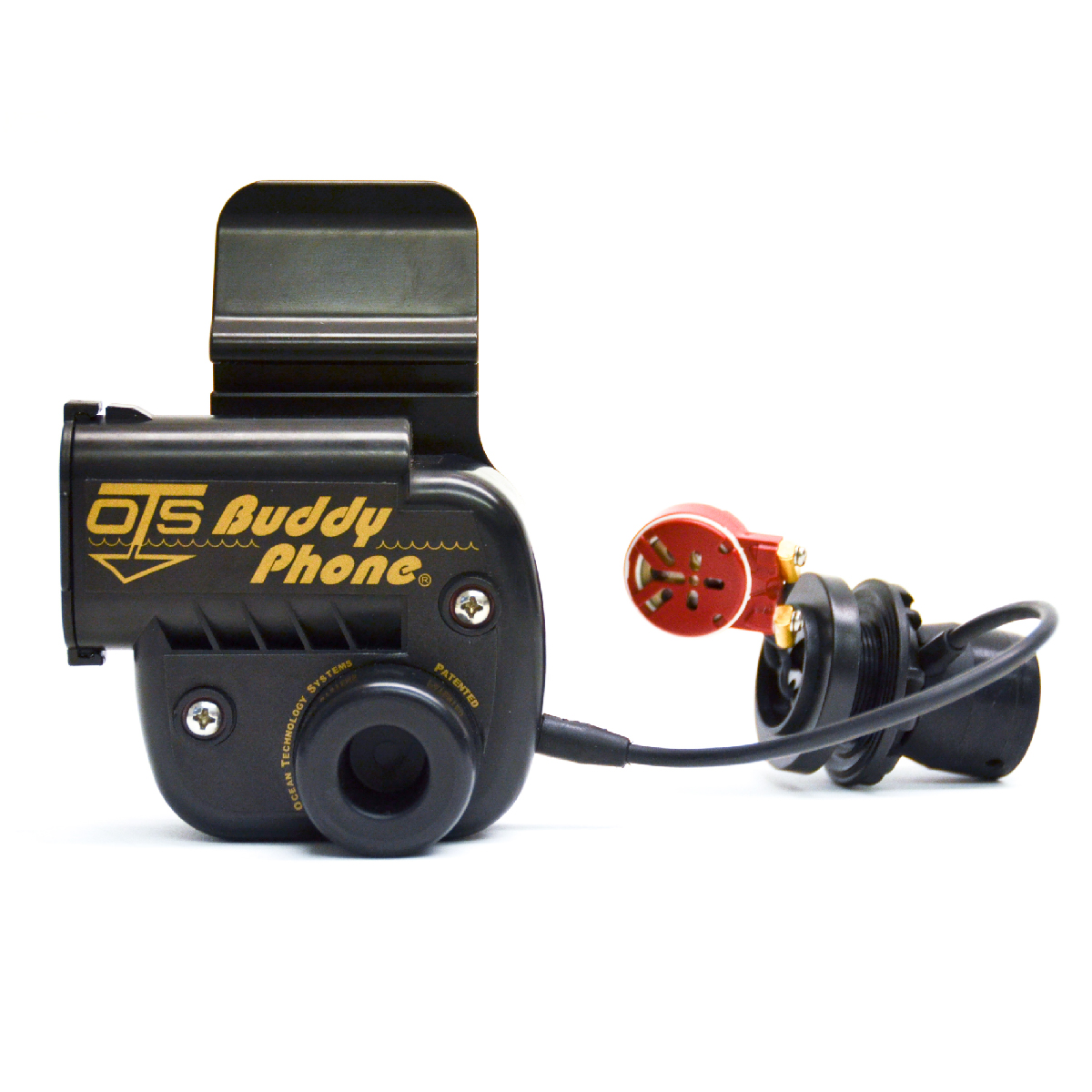Waterwulf
Contributor
We're heading up to the Colorado River below Parker Dam for a few days with the motorhome and I am planning on doing some snorkeling and diving if the water conditions are good. I'll be snorkeling/diving solo. My Wife will fishing downstream from me while I'm having my water fun. I was going over my gear and was checking my diver down tow along buoy when I had an idea. Underwater communications.
Slates and sign language work fine for close up but I'm wanting to be able to talk to my Wife while I'm diving and she's fishing. Yes, you can talk into a regulator and "talk" to your partner but you gave to put your regulator right up against the other persons ear for it to work. Yeah, you can understand it if you practice. Radio communications don't work very well underwater because the water blocks the signals. Low frequencies and high power transmissions work kind of sorta ok but most times, it's a wired circuit with a cable between the diver and the boat/shore. That wired circuit thing got me to thinking about a way to use radio communications to talk to the surface while I'm on a dive.
Diver Down flags have been required for a long time and nowadays, having a tow behind buoy is pretty much the law for snorkelers and shallow dives. Fine! So there's times I have to drag the friggin' thing around with me but why not make it do something besides help to keep me from getting run over by Jet Skis? My buoy has a flag on top of it and is actually large enough to hang onto while in the water. It would have no trouble at all holding up a thin antenna cable with an antenna attached. The cable would be attached to the tow line and would follow it down to me. That would completely negate the problems of underwater transmissions because the antenna is in the air.
I have a FCC License to operate GMRS radios up to fifty watts. I have hand held radios that will transmit up to eight watts and that's plenty. It would not be difficult to mount one inside a water proof acrylic housing with a push button for "Transmit". A button mic would be mounted inside my regulator and a waterproof earpiece inside a neoprene hood to keep it tight against my ear. (Maybe both sides) The mic could be mounted inside my snorkel too. The surface person would just use a regular hand held radio.
Thoughts?
Slates and sign language work fine for close up but I'm wanting to be able to talk to my Wife while I'm diving and she's fishing. Yes, you can talk into a regulator and "talk" to your partner but you gave to put your regulator right up against the other persons ear for it to work. Yeah, you can understand it if you practice. Radio communications don't work very well underwater because the water blocks the signals. Low frequencies and high power transmissions work kind of sorta ok but most times, it's a wired circuit with a cable between the diver and the boat/shore. That wired circuit thing got me to thinking about a way to use radio communications to talk to the surface while I'm on a dive.
Diver Down flags have been required for a long time and nowadays, having a tow behind buoy is pretty much the law for snorkelers and shallow dives. Fine! So there's times I have to drag the friggin' thing around with me but why not make it do something besides help to keep me from getting run over by Jet Skis? My buoy has a flag on top of it and is actually large enough to hang onto while in the water. It would have no trouble at all holding up a thin antenna cable with an antenna attached. The cable would be attached to the tow line and would follow it down to me. That would completely negate the problems of underwater transmissions because the antenna is in the air.
I have a FCC License to operate GMRS radios up to fifty watts. I have hand held radios that will transmit up to eight watts and that's plenty. It would not be difficult to mount one inside a water proof acrylic housing with a push button for "Transmit". A button mic would be mounted inside my regulator and a waterproof earpiece inside a neoprene hood to keep it tight against my ear. (Maybe both sides) The mic could be mounted inside my snorkel too. The surface person would just use a regular hand held radio.
Thoughts?





